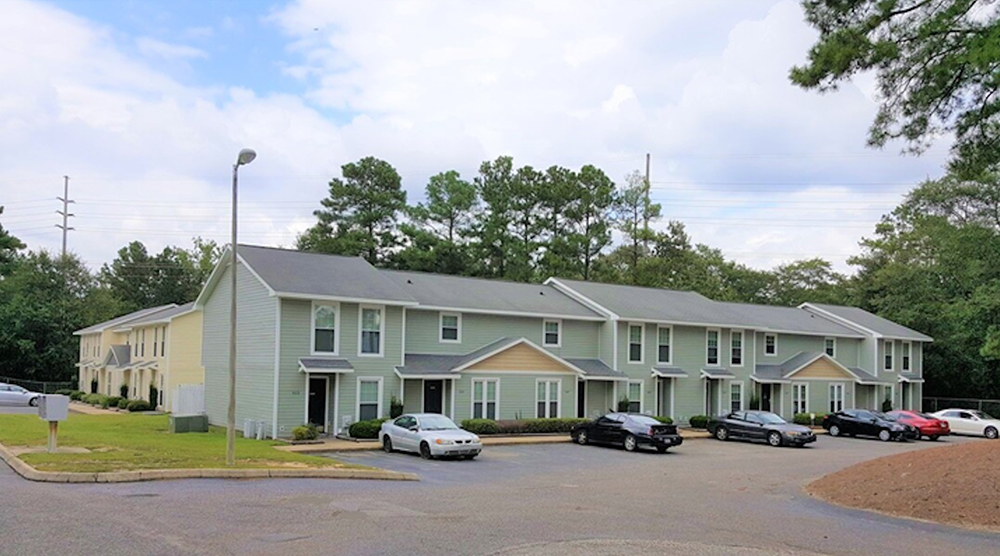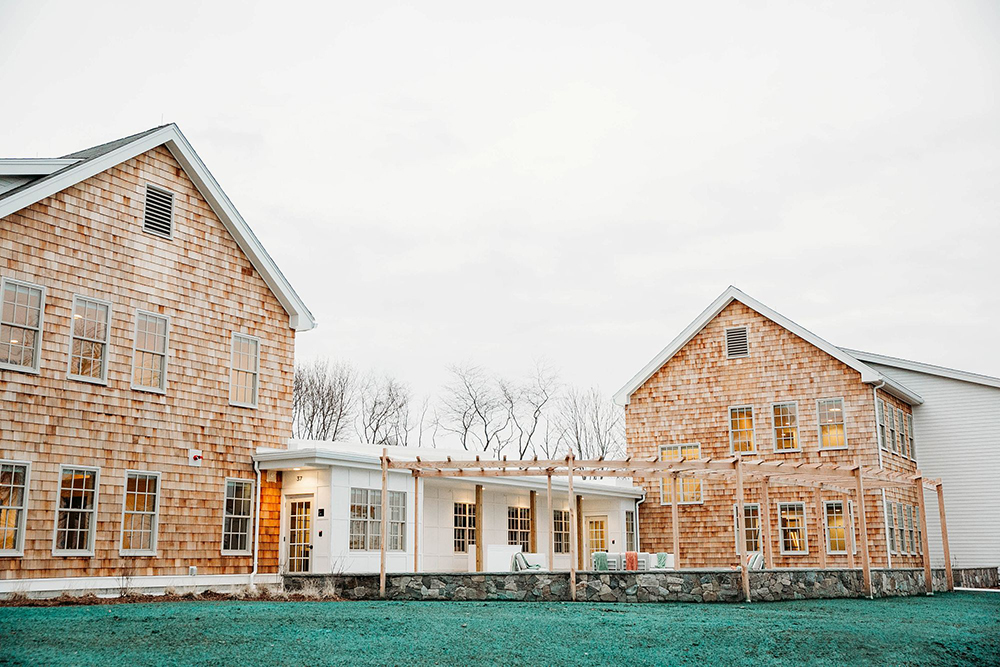Multi-family markets in transition – Value implications - by William Pastuszek

The commercial real estate (CRE) landscape looks considerably different at the end of this summer than it did a year or so ago. The commercial real estate asset run up has been over for the better part of a year. Some classes are better off than others. Some locations have done better than others. This article will focus on multi-family in Eastern Mass.
Investors have become more discriminating and some are taking a break, sitting on the sidelines. There is less of a disconnect between buyers and sellers, at least that is what is reported by those who are involved in transactions. There isn’t a huge amount of volume. Many sellers - if they can afford to - will hang in, waiting for more clarity. There is buyer remorse out there.
Multi-family rents adapts relatively easily due to the short-term nature of tenancies. Vacancy is a function of supply and demand for particular unit types and location. Inflation challenges management of operating expenses. In a market like Boston, where unemployment is +-3%, below the national rate, and where there multiple demand generators for apartment units, markets show stability.
Then there is the effect of high(er) interest rates. With lender quoting rates at +-6% - there are some exceptions – a property needs to have strong, established cash flow. High interest rates affect cash flow. And cap rates are affected as there is less Net Operating Income to service debt. Prices get affected as result. Refinances become difficult with a pain factor commensurate with how recently the purchase was made and how much the Bank was willing to lend at the time. Now, banks are much less willing to lend. It’s the strange wisdom of the market.
Market data sources note Boston multi-family cap rates have increased by some 40 basis points, from an average of 4.25% to 4.75% (and the high end may be generous), so let’s take 4.75%. Take $100,000 of NOI and cap it at 4.25%: +-$2.35 million. Take the same $100,000 NOI and cap it at 4.75%: +-$2.1 million. This results in a 10% change.
There of those that say this valuation is simplistic and doesn’t take into rent growth or expense growth. They would be correct. But it’s a start.
Some other factors to consider. Vacancy has increased. Vacancy overall is slightly more than 5% - up more than 50 basis points - nationally it is nearly 7%. Rent growth is taking place at a much lower pace, down from an annual high of nearly 10% to less than 5%.
Information like this should inform those still operating as if not much has changed. The current market requires more judgment, more reliance on anecdotal data, and the willingness to adjust older data so that it makes sense in the context of current market conditions. As is said, past performance is no guide to future results. Using dated sales data is a sure path to overvaluation. For investment properties, testing cap rates is a valid way to being to understand and measure market change.
Consider also overall data for the Boston market in terms of sales. On a per unit basis, prices are down more than 5% year over year. Sales volume is down dramatically, as are loan originations, but this will likely change as the market goes through a continued adjustment to market conditions.
Clearly, the multi-family market in Boston overall is undergoing a period of change. Seasoned investors take this change with some understanding of the inevitability of market fluctuations. Others are being jolted by these changes, as if they happened overnight, without warning.
In multi-family, positive drivers include slow but steady job growth, stable population, good employment opportunities in key industries, and a diverse tenant pool. Negatives include high rents, low 1-4 housing inventories, and a high cost of living. For property owners, pressure on apartment rents and occupancies is a reality that may be with the market for some time to come.
Consider the amount of new construction going on, nearly 14,000 units. Absorption is reasonably brisk but because of the new supply, there is more choice out there for renters and that choice puts pressure on landlords’ expectations.
Through several real estate cycles in Boston, multi-family has been a “darling” investment class. It should be and should continue to be. This sector has always acted reasonably predictably, and, close to Boston, landlords could always count on Boston’s student and young professional population segments to keep rents and occupancy strong.
The Greater Boston multi-family market is diverse and sophisticated is in a densely populated, affluent area with a diverse rental pool and work force. The sector continues to represent a viable, long-term arena for investment. In terms of valuation, as always, care should be taken to not rely overly on averages and broad bush indexes. A property needs to be understood in the context of its specific market niche. But, in a non-static, evolving market that is “recovering” from a protracted run up, timely data and the ability to look at historical data in context is critical in order accurately understand activity.
William Pastuszek, Jr., MAI, ASA, MRA heads up Shepherd Associates LLC, Needham, Mass.
Preservation of Affordable Housing secures $23.5 million in financing from Rockland Trust and Citizens Bank


Conn. hospitality market: A technical appraisal perspective on market dynamics and valuation challenges (2019-2025)









